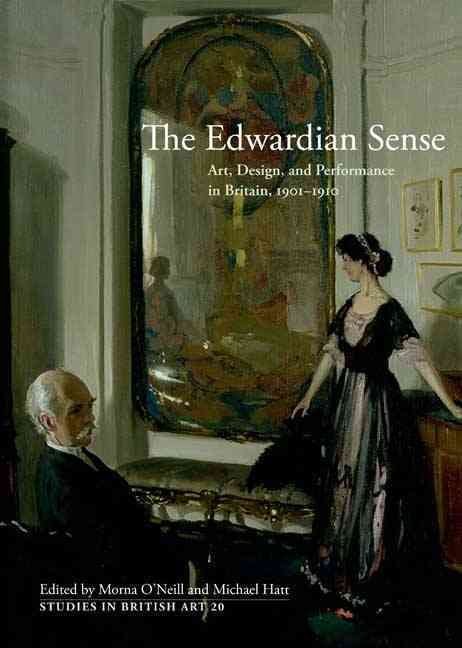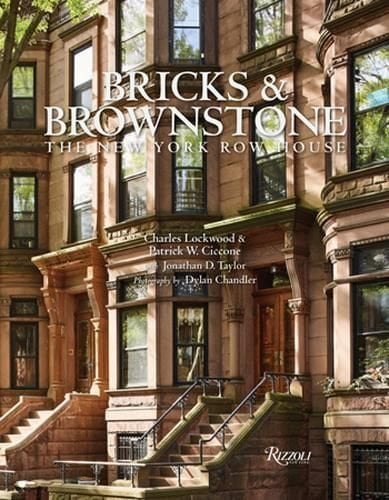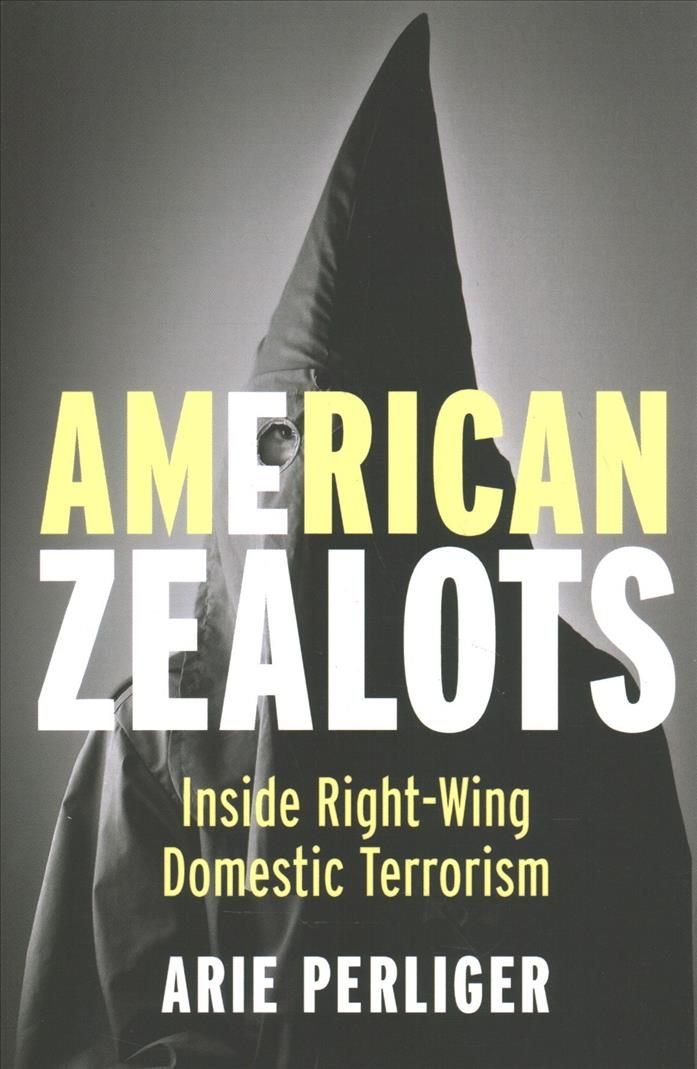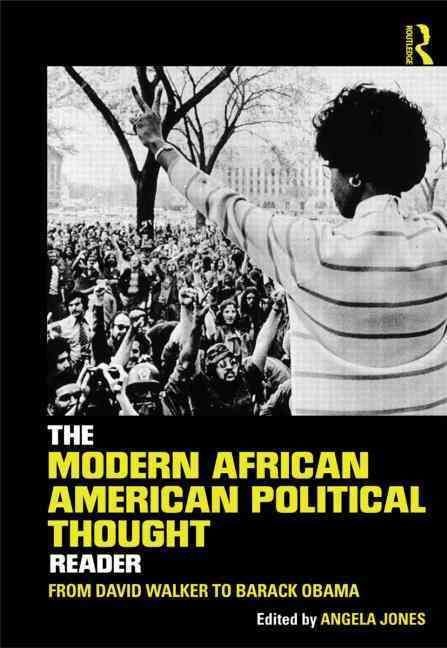Although numerous studies have explored the Edwardian period (1901-1910) as one of political and social change, this innovative book is the first to explore how art, design, and performance—including painting, sculpture, decorative arts, film, public spectacle, and mass media—not only registered those changes but helped to precipitate them. While acknowledging familiar divisions between the highbrow world of aesthetic theory and the popular delights of the music hall, between the neo-Baroque magnificence of central London and the slums of the East End, The Edwardian Sense also discusses the middlebrow culture that characterizes the anonymous edge of the city and the rise of the suburbs, a distinctive feature of Edwardian modernity. Essays are divided into three sections under the broad headings of spectacle, setting, and place, which reflect the focus of the book on the visual, spatial, and geographic perspectives of the Edwardians themselves. This is the twentieth in a series of occasional volumes devoted to studies in British art, published by the Yale Center for British Art and the Paul Mellon Centre for Studies in British Art and distributed by Yale University Press.












